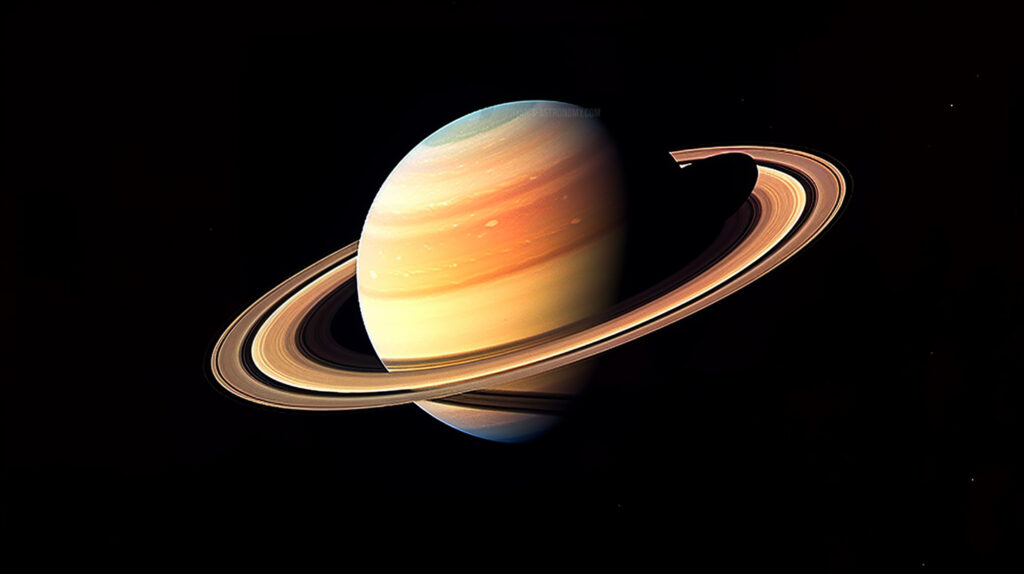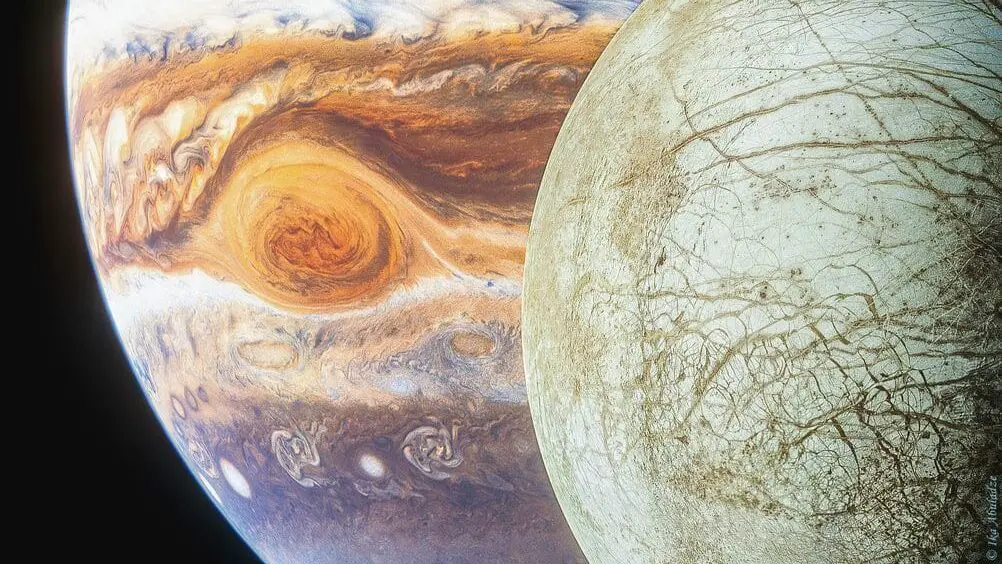62 new moons orbiting Saturn have been discovered bringing the total to 145 and overthrowing Jupiter’s record.
“The cosmos is all that is, or ever was, or ever will be.” – Carl Sagan

Table of Contents
A New Frontier in Planetary Science
It is an extraordinary time to be alive, as the mysteries of the cosmos continue to unfold before our very eyes. The recent discovery of 62 new moons orbiting Saturn has both astonished and delighted astronomers and enthusiasts alike. This enigmatic gas giant, with its stunning rings and now a staggering 145 moons, has just dethroned Jupiter as the planet with the most natural satellites in our solar system. This revelation not only poses a wealth of questions regarding the formation of these celestial bodies but also offers an opportunity to reflect on the beauty and complexity of our universe.
Scientists Discover ‘Secret Symmetries’ protecting Earth from the chaos of space
Largest Space Explosion in History Observed by Astronomers
The Discovery: How 62 Hidden Moons Evaded Detection
The discovery of these new moons is a testament to the relentless pursuit of knowledge by humanity. Through the combined efforts of modern technology and a dedicated team of astronomers, we have been able to pierce the veil of darkness that shrouds the outer reaches of our solar system. The 62 new moons orbiting Saturn were spotted using advanced telescopes and image-processing techniques, which allowed astronomers to study the faintest and most distant objects in Saturn’s orbit.

These newfound moons, some as small as just a few kilometers in diameter, have likely evaded detection for so long due to their size and the vast distances they maintain from Saturn. The discovery has not only pushed the boundaries of our understanding but also sparked a newfound fascination with the gas giant and its cosmic entourage.
Saturn vs. Jupiter: The Battle for Satellite Supremacy
The revelation that Saturn now holds the record for the most moons in our solar system marks a significant shift in the dynamic between these two gas giants. For decades, Jupiter held the title with an impressive 79 moons orbiting the colossal planet. However, the discovery of 62 new moons around Saturn has catapulted it into the lead, bringing the total count to a staggering 145.
This cosmic rivalry, while seemingly trivial in the grand scheme of the universe, has fueled a sense of wonder and curiosity within the scientific community and the general public. It serves as a reminder that our understanding of the cosmos is ever-evolving, and we continue to uncover new secrets and surprises hidden within the vast expanse of space.
The Formation and Evolution of Saturn’s Moons
One of the most intriguing questions raised by this discovery is the origin of these moons and their role in the formation and evolution of Saturn’s intricate system. Several theories have been proposed, with some suggesting that these celestial bodies may have formed as a result of collisions or tidal interactions between larger moons and other objects in the early solar system.
Another possibility is that these smaller moons are remnants of a larger parent body, shattered by a catastrophic event and now orbiting their host planet in a delicate dance. Further study of these newly discovered moons could provide valuable insights into the history of our solar system and the forces that have shaped it.
The Eclectic Ensemble: A Diverse Array of Moons
Saturn’s newly discovered moons are a diverse group, exhibiting a wide range of characteristics and features. Some are tiny, with diameters of only a few kilometers, while others are much larger, rivaling some of the previously known moons. They also vary in composition, with some comprised of rock and ice, while others may be predominantly made of metal.
This eclectic ensemble is a testament to the incredible diversity of celestial bodies that exist within our solar system. Each moon holds the potential to unlock new secrets about the formation and evolution of our cosmic neighborhood and may even harbor the essential ingredients for life.
The Future of Saturn Exploration and Cosmic Curiosity
The discovery of 62 new moons around Saturn has rekindled a sense of excitement and wonder in the field of astronomy. As we continue to explore the vast expanse of space, it is likely that we will uncover even more surprises and secrets hidden within the dark corners of our solar system.
This milestone in planetary science serves as a reminder of the power of human curiosity and the potential for future discoveries. The cosmos, as Carl Sagan so eloquently put it, is all that is, or ever was, or ever will be – and it is our privilege and responsibility to continue unraveling its mysteries.
As we look to the future, we can expect further advances in technology and scientific understanding to propel us deeper into the cosmos. We will continue to probe the enigmatic environs of Saturn and its celestial companions, seeking answers to the questions that have captivated our species for millennia. And in doing so, we will reaffirm our place in this vast and wondrous universe, as humble explorers on a journey of discovery.
Reference(s):

